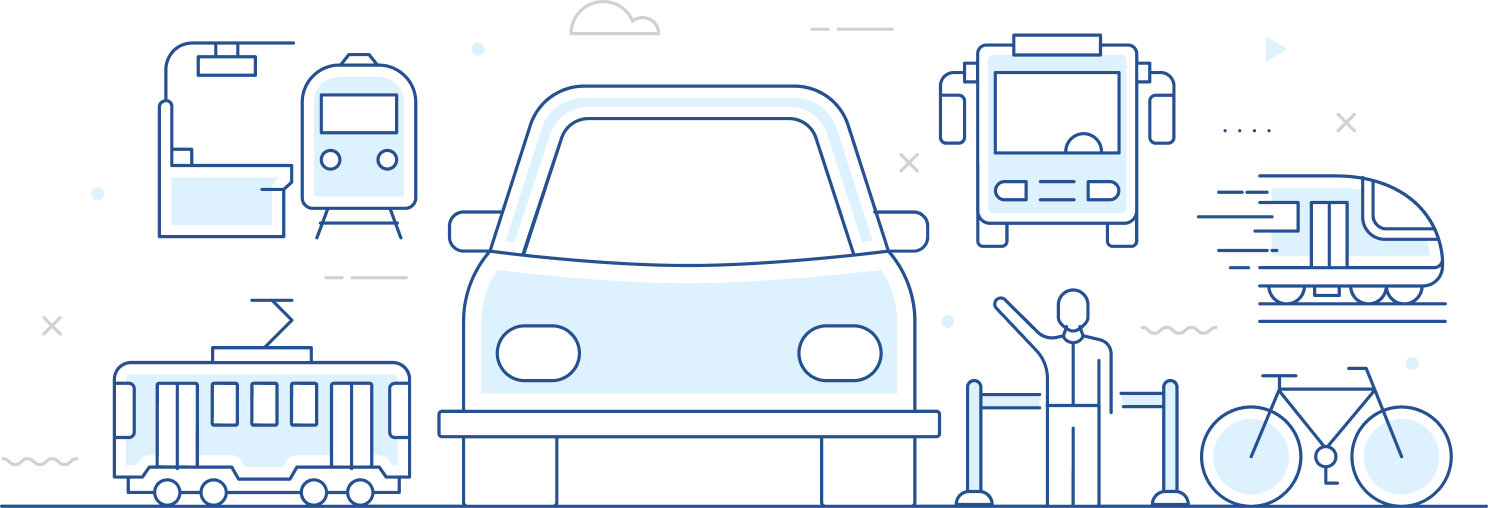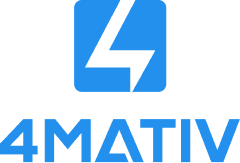Four Trends Shaping the Future of the Student Mobility Industry
The student mobility landscape has been historically low-tech, highly fragmented, and full of long-time legacy players. But new technologies, new investment, and relationships between different facets and entities that are dynamic and shifting are indicating a significant disruption. We see the following four prevailing trends significantly reshaping the future of student mobility.

Capital is Flowing In & Operators are Consolidating
Private equity and venture capital groups now recognize the opportunities to modernize and innovate in the student mobility space, a market with inelastic demand that is highly fragmented, highly profitable, and traditionally low-tech. A new wave of investment and new players have now entered the space and look to consolidate market share, which allows them to operate on larger and larger scales. Companies like FirstStudent and EverDriven have been recently sold to private equity firms that are new to student mobility, and a new powerhouse, Beacon Mobility, is backed by private equity and has grown significantly in recent years by buying up small, regional operators. Meanwhile start-ups like HopSkipDrive, Zum and BusRight are amassing venture capital while legacy players make big bets and investments in new technology. This trend is refashioning the landscape in dramatic ways before our eyes.

Everybody Wants a Full Platform Solution
The fragmentation inherent in the landscape means that existing players have come at student mobility from a particular vantage point – as a GPS hardware provider, routing system provider, operator, safety or maintenance solution, etc, and sometimes with a regional focus or emphasis on a particular segment of the K-12 marketplace. But as operators are consolidating, so have the tech players, because everyone wants to address the larger market, and everyone wants to build a simpler, one-stop, integrated platform that does everything for a school system, which are often overwhelmed with the number of systems and capabilities they now need to operate. Integrated platforms now need to include GPS, routing, student tracking, parent apps, communications, and even cameras, telematics, and other maintenance and and safety components. To achieve this grand vision of a one-stop, unified platform, tech firms are establishing alliances, acquiring other players, or building their own solutions. As the all-in-one platform becomes table stakes, we can expect a very competitive market with more “winner-take-all” changeover in big school systems, and new entrants that are building new integrated solutions from scratch with more advanced and nimble tech.

Multimodal Convergence Will Create Efficiencies
While buses remain the most common mode of transport, if systems want a more efficient system and to meet their increasingly complex student and family needs, they need a broader modal mix. School systems realize this, as do the companies that they contract with. FirstStudent, HopSkipDrive, and EverDriven know they can’t simply offer either buses, vans, or sedans; they must offer a mix of vehicle types and modes and help systems navigate striking the right balance between them. This means the bus companies have begun deploying more vans as “alternative transport”, and “alternative” companies are looking to expand into bus routing, consulting, and even management of a dynamic mix. Zum is an example of a company that started with a broader mix in mind, and 4MATIV is an example of a firm launching without any specific mode in mind, but rather with the broadest conception of multi-modal in the industry today. 4MATIV’s consulting and operations management work helps systems determine the right modal mix that might include buses, vans, sedans, walking/biking, public transit, tech-supported carpooling, direct-to-parent payments, and multi-vendor configurations.

The Future is Electrified
With new mandates at the federal and local levels establishing electrification benchmarks and enormous amounts of federal and philanthropic funds pouring in, cities and states eager to address the climate impacts of student mobility are ambitious goals to electrify their fleets. While technology advances and becomes cheaper, these subsidies and grants make the ownership (and high upfront capital costs) of electric buses competitive with their diesel and gasoline counterparts over the lifetime of vehicles. While questions remain about battery life cycle and disposal, charging infrastructure, and overcoming other operational challenges of a switch to EVs, the electrification of bus fleets seems an inevitability – and besides CO2 emissions also brings a number of benefits, including lower curbside and particulate emissions, reduced noise, and lower consumption of oil, filters, and other costly vehicle components.
